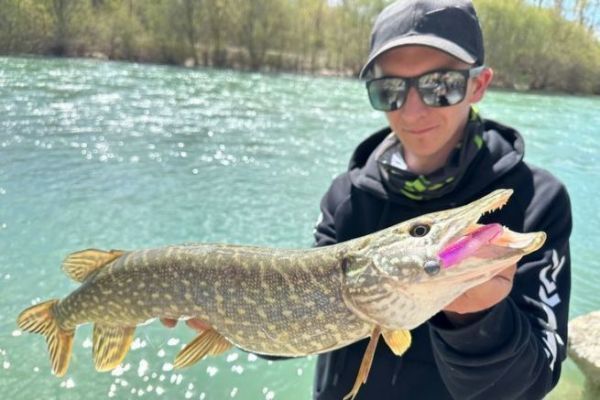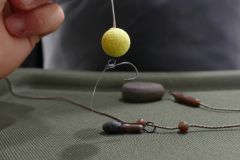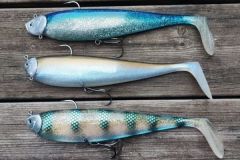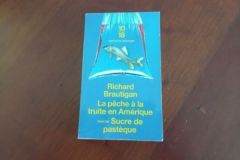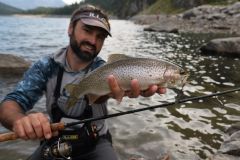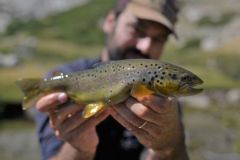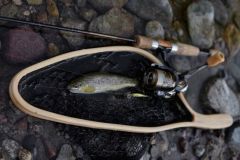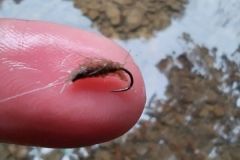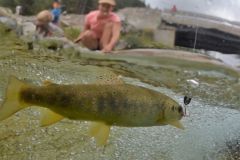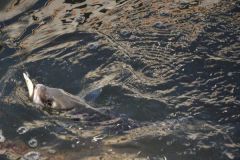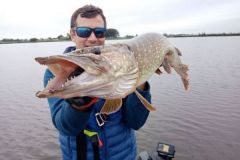Pike feeding behavior
We often hear that a pike in the first category is an aberration and should absolutely not be there. However, the feeding behavior of pike is not as harmful as one might think. It's a carnivore that eats other fish, particularly trout, and there's no denying it.
However, the pike is not an active hunter looking for large, healthy fish, preferring easy prey. It therefore feeds mainly on fish that are wounded, sick or not experienced enough to know the risks of passing close to its territory. The first category pike eats not only trout, but also chub, the few roach that can be found, and small barbel, which are much easier to catch. The pike, like the trout, is a predator that regulates fish populations and removes diseased individuals.
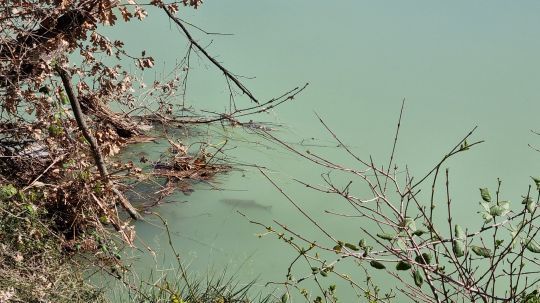
Impact on trout
It's a well-known fact that pike reproduce a few months later than trout. A cycle is therefore set in motion, as the pike will feed on the weakest trout after spawning, rather than on those that have weathered the winter months well. When the pike spawn, the trout are safe to feed and prepare for spring. When pike eggs hatch, trout eggs are already ahead of their time, making it easy for troutlings to feed on pike larvae.
After a few months, the balance of power reverses again, as trout fry grow much more slowly than the pike that have survived their difficult start in life. Once they reach adult size, the trout have little to fear from the pike, since their tendency to live in the current takes them out of the pike's preferred zones.
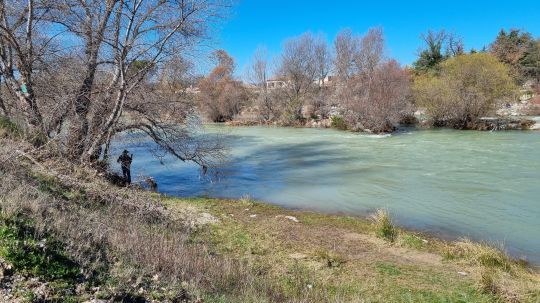
What to do?
But what should you do if you catch a first category pike? Quite simply, if the fish is not netted, you must return it to the water or face a fine when you are inspected, as pike are no longer considered harmful in most départements. If it is a mesh fish, you can keep it, but only if you eat it later, because we are fishermen and must respect the fish and the environment.
But you can also release them, as the number of pike in the first category is low enough that they have virtually no impact on healthy trout populations. A nice pike will ensure the sustainability of the environment and limit the onset of disease in the watercourse.

 /
/ 